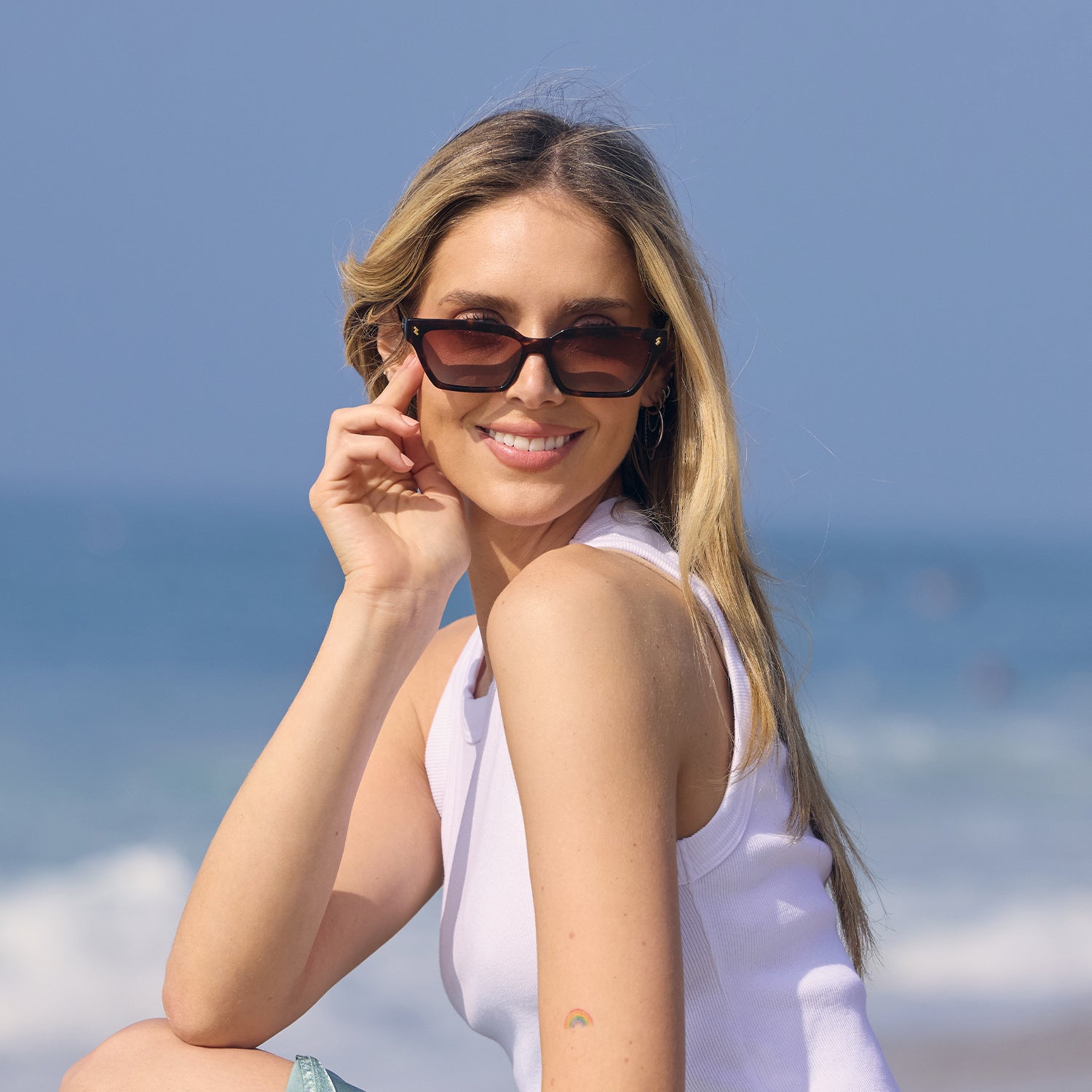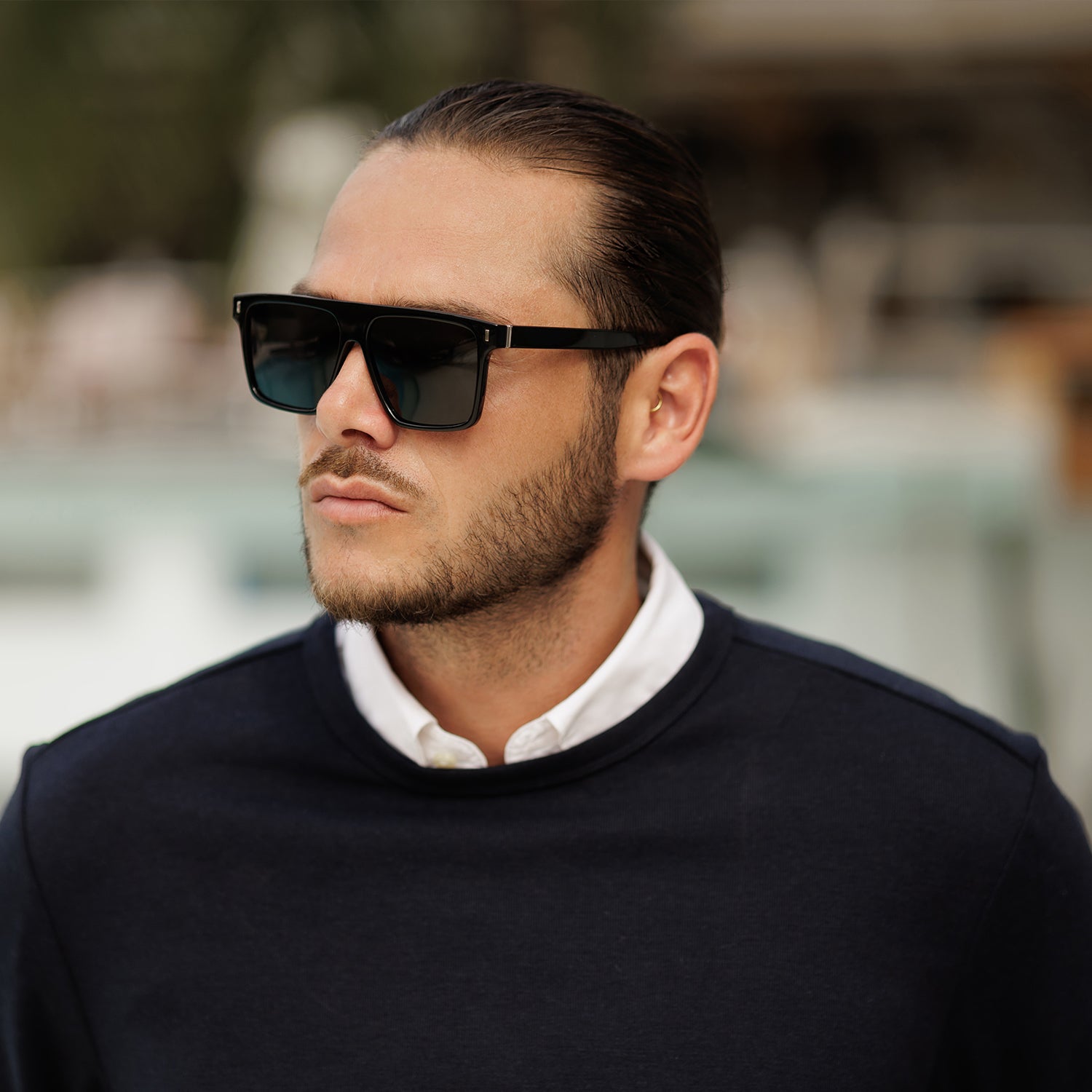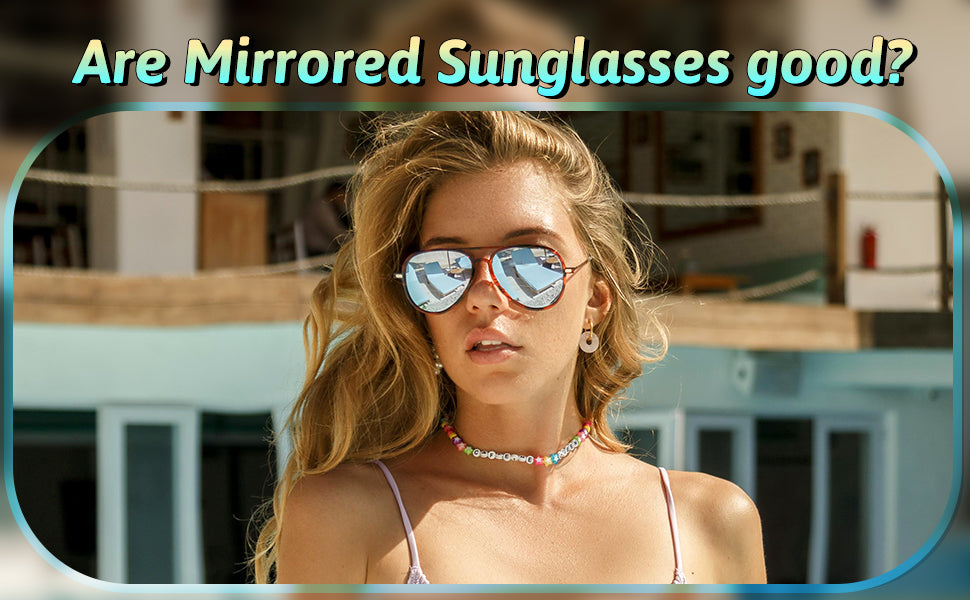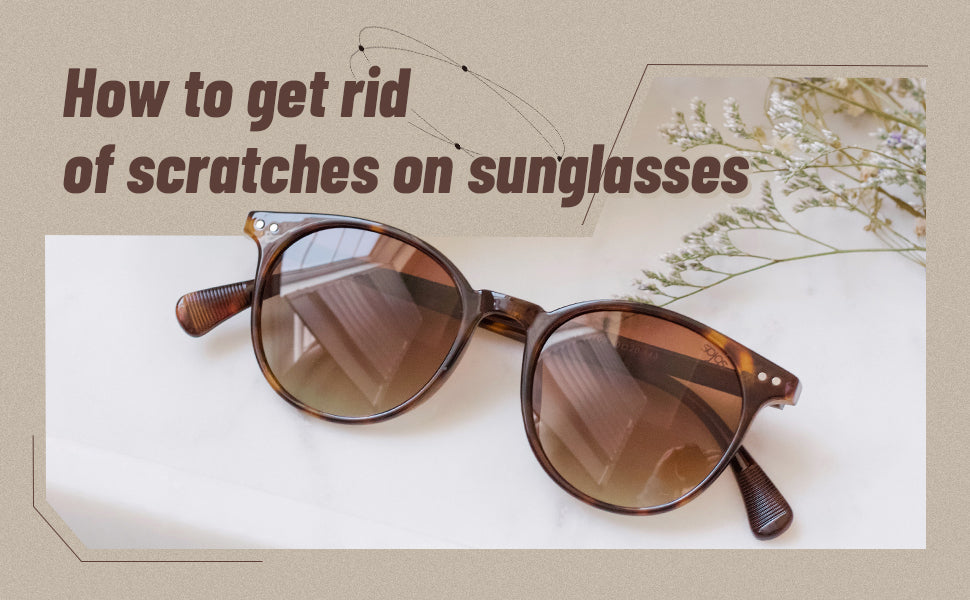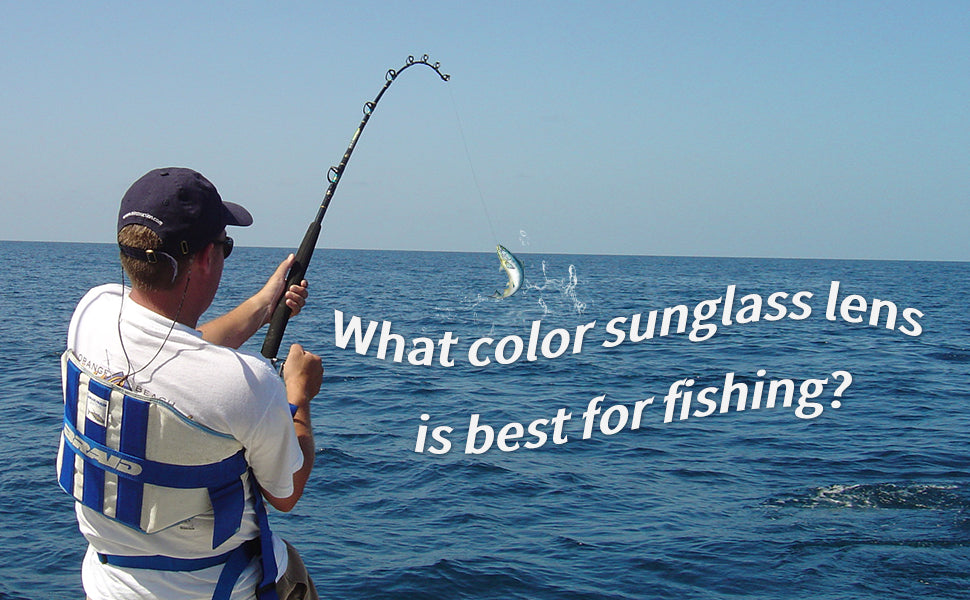
What Color Sunglass Lens Is Best For Fishing?
Does the color of your sunglass lens for the fishing matter? Absolutely! If you are a serious angler, then you need to get that extra edge in spotting fish. Sunglasses are an important accessory for fishing. Understanding how to select lenses with the color that is most suitable to the type of fishing you engage in and the surroundings is crucial.
Every angler knows that the best spot to cast the hook is around where the fish are actively moving. The scorching sunlight in the open sea can blind your sight and block your vision to see beneath the surface of the water. An ordinary sunglass or one with any color may not give you the leverage to see through.
Sunglasses should be your top priority while packing your fishing gear. Whether polarized or mirrored sunglasses, they should have a particular tint to get that added advantage to thrive in your fishing expedition.
Visible Light Transmission (VLT) is the proportion of ambient light that enters your eyes through your lenses. Manufacturers can create sunglasses with a variety of different VLT percentages by utilizing various lens colors and materials.
0–20% VLT: Ideal for bright light saltwater fishing conditions
21–40% VLT: Ideal for freshwater fishing conditions
>40% VLT: Ideal for overcast and low-light conditions.
We will explain which lens color helps in enhancing depth perception while fishing or other water-based activities.
Which Lens Colors Are Best for Fishing?
Anglers usually prefer two types of sunglasses – polarized and mirrored. Both have their merits and demerits over the other, but for fishing, either is equally good though. The basic factor that needs to be considered while purchasing sunglasses is the color of the lens.
Have you heard of the myth “Copper or brown lenses are for muddy water and grey lenses are for clear water"? This is nothing but a misconception. The effectiveness of the lens color has got nothing to do with the color of the water. In fact, the wavelengths of light allowed in through the lens tints are impacted by lens color. The color of water has no role to play in it.
Moreover, if the water is muddy, no lens color can help you see through. You simply can’t see anything at all, so any lens color won’t matter much.
Some colors can tackle the harsh sun rays better because other colors cannot reduce the brightness as efficiently. The most comfortable lens colors preferred by anglers are Copper (Amber) and Grey (Gray).
Let’s analyze why these two colors have an advantage over other colors.

Copper or Amber
This color lenses increase contrast to better identify objects in flats, beds, and shallow water, which makes them perfect for inshore fishing where you need to spot and track fish.
The light condition of the surrounding is an important factor to consider. Wearing copper-colored lenses will be ideal if it's overcast, cloudy, or otherwise low light conditions because they are less dark and will improve your vision in these scenarios. For this reason, we also know it as low-light lenses.
Copper, yellow, or amber color lenses can block blue light, so your viewing ability is enhanced, and can focus on objects better. All while shielding you from UV radiation, copper (brown or amber) color sunglasses are best for sight-fishing.
Gray
Gray lenses provide the most protection, which is ideal for offshore fishing where the sun is scorching and intense. A gray tint does not alter color perception and enables you to view true-to-life color instead of being a high-contrast lens.
Grey lenses are advised if the light is exceptionally bright and you are not sight-fishing. In these circumstances, they will be darker and keep your eyes more at ease throughout the day. The ideal lens for fishing is gray if you're going to be in open water and need to put light-blocking before color enhancement.
How to Select the Best Lens Color?
We have explained the best two colors, but that doesn't nullify the significance of the other colors; less efficient, though. When purchasing polarized fishing glasses, there are various alternatives for the color of the lenses. Each hue has a unique quality for a certain condition.

Green Lenses
These lenses are effective at both highlighting differences and at reducing glare. We may use them on bright, clear days while also enhancing contrast on overcast ones. Green has some visibility in murky water too. You can see underwater with it, with the normal limitations, though. It makes it simpler to notice green things, like weeds.
Yellow and Orange Lenses
Yellow and orange color lenses perform remarkably well where there is minimal light or shade, like beneath docks, in coves, or under trees. They are also quite helpful when there is fog or haze. However, they are not effective in reducing the intensity of the sun. It is best avoided during the daytime.
Pink and Red Lenses
On cloudy days, these hues are the ideal choice, but on bright, sunny days, they won't provide any protection against damage. In cloudy weather, they aid in boosting contrast and improving the field's visibility for objects and fish in the water.
Mirror Coated Sunglasses
For deep sea fishing, adding a blue mirror coating to your lens is beneficial since it actively prevents harmful light from entering from all sides. Likewise, for inshore, sight fishing, a green mirror coating added to a high-contrast lens improves your eyesight even more. To make it simpler to detect fish, it brightens the greens and bleaches out the brown, murky water.
You can also get prescription fishing sunglasses. You should apply these color guidelines to the power lenses to enhance your vision and enjoy your fishing trip.
Other Important Features for Fishing Sunglasses
Besides the lens color, there are other important features of sunglasses that can improve visibility while fishing.
Frames
It is ideal to have a tall and thick frame for freshwater fishing. Sunglasses with a larger surface area will filter more sunlight. Although the color of the frames may not be relevant, white or light colors tend to stay cooler than other colors on hot days.
Black frames burn up the face because they absorb more heat. To provide a firm grip and stop the glasses from slipping down, the nose bridge must also have some sort of stopper or rubber.
Lens Coating Quality
Most lens hues of higher grade have a hydrophobic coating on them. A hydrophobic coating helps clear up the occasional spill of water and keeps it from obstructing vision. Additionally, some lenses have special coatings that make the lenses scratch-resistant.
Lens Material
Glass: These are the lenses that offer the maximum clarity and are said to be the heaviest lens material available. In addition, glass lenses are the least susceptible to scratches than other types of lenses. Your glass lenses won't break if you have an accident with them but just split like a car windshield.
Polycarbonate: These are the most popular materials for more expensive shades since they are lightweight, reasonably scratch-proof, and durable. Some of the top brands create durable, high-quality fishing sunglasses using polycarbonate and polyurethane.
Acrylic: These reasonably priced glasses are readily available. They are incredibly cheaper but offer very little clarity.
Conclusion
A great fishing day depends on having comfortable eyewear with clear vision. You can see more of the lake and catch more fish if you wear polarized sunglasses. When choosing a lens tint, you simply need to consider two factors: First, if you are sight-fishing, then choose Copper or a mirrored version of Copper. If not, use grey instead. Second, check if it is sunny or cloudy weather. Wear the Copper colored lenses if it is cloudy. When bright, put on the Grey lenses. Wear the copper lenses with a mirror if you are sight-fishing and the weather is bright.

